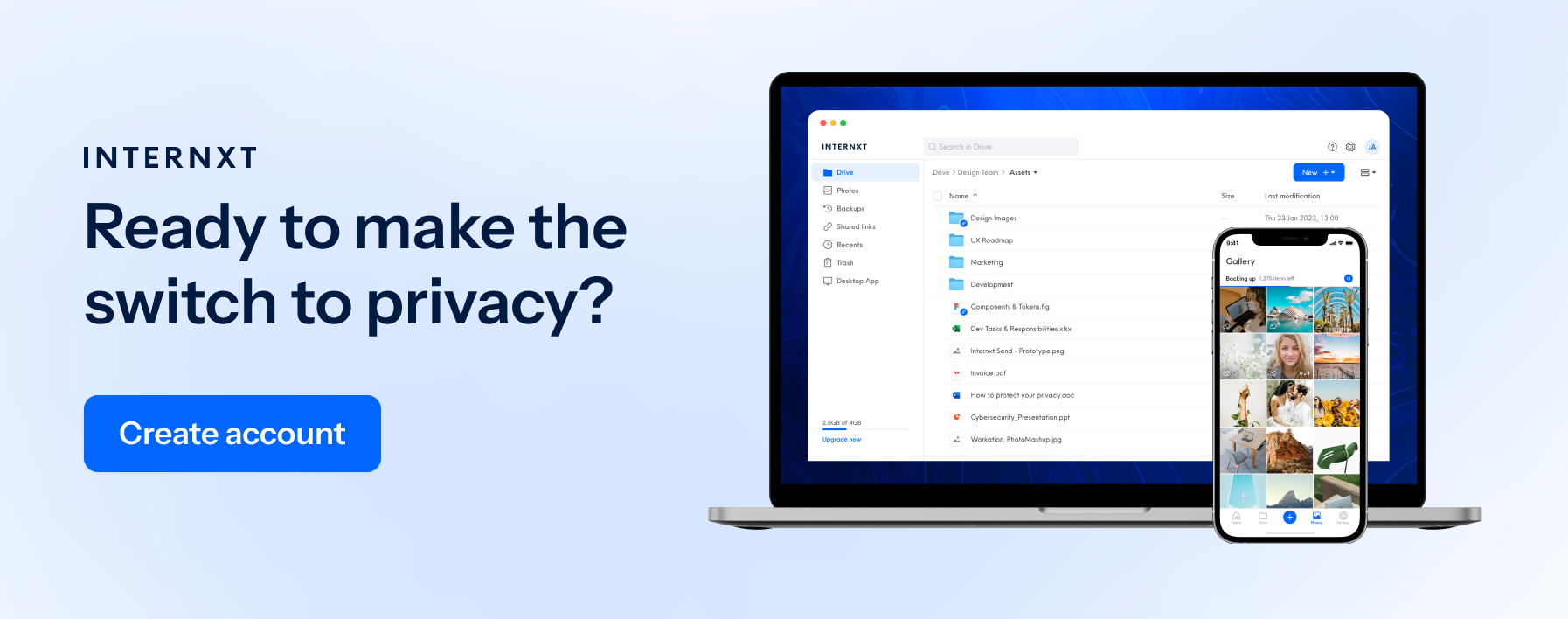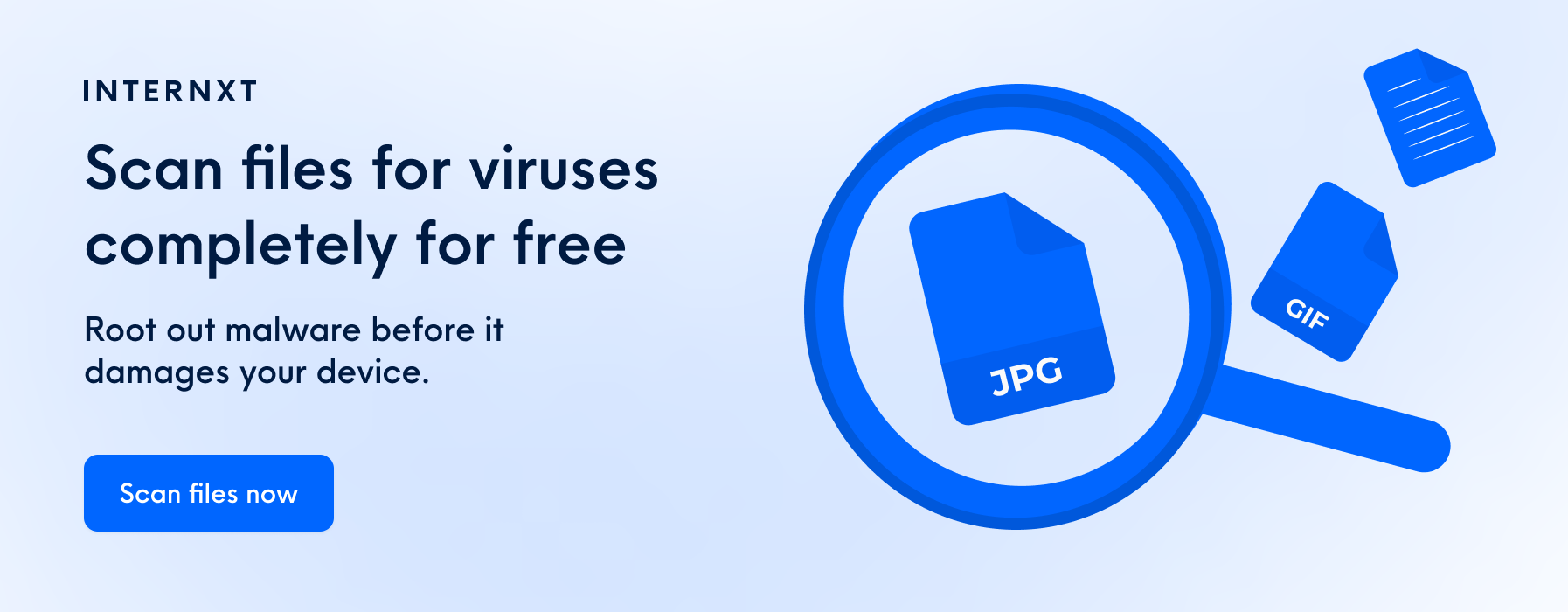Tech Terms Glossary: Basic and Advanced Computer Words All People Should Know

Ever wonder what techies are saying? Is computer jargon making your brain hurt? Not quite sure what all the buzzwords over the website mean?
No worries, you are not alone! Like most subjects, computer science requires a certain vocabulary to build understanding and communicate clearly. It’s not rocket science (obviously, but you do need computer knowledge to do rocket science…), which means you can learn the basics with a little time and effort.
Below we compiled our tech term primer filled with most of the commonly used technology and security synonyms you need to sound smart and win over that handsome or pretty programmer you met the other day.
Just the basics and just the facts.
List of Commonly Used Tech Terms and Definitions
Here is our alphabetical list of technical terms and online security synonyms, what they mean, and how they are used:
2FA
Two-factor authentication, or 2FA for short, is an extra layer of security added to the log-in process. This extra step can be a code sent via text, an email message, a fingerprint scan, or even a real-life phone call. 2FA is used to verify your identity and prevent the bad guys from accessing your accounts or private information.
Application
An application is essentially a program or set of programs (such as a word processor or a spreadsheet) that performs a particular task or set of tasks. Apps on your phone are applications because they are downloaded to do a certain task for you, whatever that may be.
Architecture
Architecture, in tech talk, often refers to the manner in which the components of a computer or computer system are organized and integrated. The computer or program's architecture is its bones, how it was put together in the beginning. Everything else is added on top of the system's original architecture.
Artificial Intelligence
No need to fear, yet. AI is a branch of computer science dealing with the simulation of intelligent behavior in computers. But more often than not it means the capability of a machine to imitate intelligent human behavior. A computer or program that thinks on its own without the help of humans.
Boot (Reboot)
The act of booting or rebooting a computer or the process by which a computer is booted. What that means is turning on or restarting a computer and jumpstarting the operating system (or base programs). Ultimately, “boot” is just a security synonym for “turn on”.
Blockchain
Blockchain is mostly a digital ledger or record used for storing information. They are often tamper-proof and used as a way of mediating and recording disputes or changes that happen within a program or protocol. In short, it's a digital database containing information (like financial transactions) that can be simultaneously used and shared within a large decentralized, transparent, and publicly accessible network. All technology that helps to make or run blockchain(s) often gets lumped under the term.

Cipher
A method of transforming a text, or plaintext information, in order to conceal its meaning. It’s a code meant to conceal the actual information it represents.
Client
A computer in a network that uses the services (such as access to files or shared peripherals) provided by a server. A client is also software that allows a computer to function as a client in a network. In other words, it's sort of like the account your computer is given to access a service or provided network.
Cloud
Computers and connections that support cloud computing. A (or the cloud) generally refers to a digital space where files, photos, data, or whatever are stored. Users often upload and download information from the cloud. An example is a cloud storage service and a cloud provided by a company for others to use like Internxt. Clouds offer a ton of benefits for users, ranging from security to convenience. Try one, you might like it!
Cloud computing
Cloud accounting software is similar to traditional accounting software, only the accounting software is hosted on remote servers, so it's similar to the SaaS (Software as a Service) business model.
Cryptocurrency
This one is complicated, so we’ll rely on the good old Merriam-Webster: cryptocurrency is any form of currency that only exists digitally, that usually has no central issuing or regulating authority but instead uses a decentralized system to record transactions and manage the issuance of new units, and that relies on cryptography to prevent counterfeiting and fraudulent transactions. Bitcoin and others.
Cyberspace
The online world of computer networks and especially the internet. Have you ever seen the classic cybersecurity movie, Tron?
Data
Information in digital form that can be transmitted or processed. Simple!
Business Data Platform
A software that helps businesses make data-driven decisions seamlessly. It simplifies many of the day to day decisions that are made by business leaders.
Database
A typically large collection of data organized for rapid search and retrieval by a computer. A cloud is a database and a spreadsheet can also be a database. It is a collection of information that can be easily searched.
Decryption Key
A decryption key isn’t a physical key per se, it’s an algorithm used to unscramble and decrypt information it was designed to decipher. Decryption keys are usually generated when data is encrypted and can only work for the encrypted data they were created for. Sometimes two keys are needed, but that’s another (long) story.
Developer
A catch-all term for any person or company that develops computer software. A “developer” is really just a fancy security synonym for “anyone who works with computers on software and stuff”.
Encryption
The act or process of encrypting something of course! But that really means the conversion of something (such as data or files) into a code or cipher.
To encrypt data means to scramble the information until it is unrecognizable but in a logical way that can be put back together with the right algorithm or key. This code or cipher can only be translated with a key. No key, no access to the information. More on data encryption.
For further information on this subject, we provide additional details in our cryptography terms blog article.
Firewall
Another word that is taken from the real world that translates perfectly to cyberspace is a firewall. A firewall is computer hardware or software that prevents unauthorized access to private data (to a local area network or intranet) by outside computer users by way of the internet. It’s a stopgap used to keep malicious hackers or cybercriminals from metaphorically setting your device or system on fire.
Front-end and Back-end
In computing, the front-end development refers to the creation or making of any software or programs visible to the user of a device or service. Where the back-end describes the part of a software system that is not visible or accessible to a user of that system. Stuff you see and actively interact with is the front, and stuff going on in the background is the back.
Full stack
Full stack developer is a person who is capable of working in all the layers of software development. It means, this developer can do both front-end, back-end database layer. A full stack developer requires skills such as Front-end Languages and Frameworks (HTML, CSS, JavaScript), Backend Technologies and Frameworks (NodeJS, ExpressJS, Django, Flask, C++), Database Management Systems, Version Control, and more.
GDPR
The General Data Protection Regulation or GDPR is the toughest privacy and security law in the world. It was passed in the European Union (EU) and it imposes obligations onto organizations anywhere in the world, so long as they target or collect data related to people in the EU. You can be sure that a company or application that is “GDPR compliant” follows a strict code of conduct in regards to how they process user data and personal information.
Hard Drive
A data-storage device consisting of a drive and one or more hard disks, a hard drive is the physical component of the computer that writes down and stores digital information.
Hardware
Not the kind of hardware you get from the hardware store, in the computer world hardware is the major items of equipment or their components used for a particular purpose of making a computer run or operate. The disc drive, screen, processor, and hard drive are all pieces of computer hardware. The opposite of software.
Host
A computer that controls communications in a network or that administers a database. A host in cyberspace is similar to a host of a party; they both open up their physical space and resources for others. When you hear, “host” it usually refers to companies that “host” websites or services on servers they maintain.
HTML
HTML stands for “Hypertext Markup Language” and it’s a markup language that is used to create documents on the World Wide Web incorporating text, graphics, sound, video, and hyperlinks. HTML is the language the internet uses to communicate between sites. There is a lot more to this one, but that’s the main gist without getting too deep into the science.
Hyperlink
An electronic link provides direct access from one distinctively marked place in a webpage (hypertext) or hypermedia document (like a Google doc) to another in the same or a different document. Hyperlinks are like little bridges that connect different parts of the internet. They are the strings that make up the World Wide Web. Maybe it’s better to show you? Here, in blue and underlined at the end of this sentence, is a hyperlink to our free file virus scanner.

ISP
ISP stands for Internet Service Provider, these are the companies you pay for internet access. Think Comcast or ATT or Starlink. They have a lot more access to your browsing and web data than you think by the way.
Mnemonic
The actual definition is: assisting or intended to assist memory. In the tech industry, it is an encrypted placeholder used in place of a password.
Open-source
Open-source refers to software that has source code that is freely available for possible modification, redistribution, and verification. A project or program that is open-source is transparent and open to independent review ensuring no funny business is going on with the code. These types of programs are typically published on public platforms like GitHub among others. Making an application open-source is a way to build trust and let users know what the creator says the app does is actually what the app really does.
Plaintext
The plaintext is the readable, intelligible form of an encrypted text or of its elements. If a password is encrypted, the plaintext is the actual password as the user knows it, for example, “password1”. Get it?
Protocol
A protocol is a set of conventions governing the treatment and especially the formatting of data in an electronic communications system. A protocol is a code that a computer must follow in order to do its job correctly and effectively. That’s a super basic rundown but here’s a lot more to dive into on this one…
Processor
Essentially the brain of a computer, a processor or Central Processing Unit (CPU) is a component of a computer that processes data specifically. It’s the piece of hardware that does the actual thinking. Be careful though, processor is also used to describe computer programs (such as compilers) that put another program into a form acceptable to the computer.
Program
A program is a sequence of coded instructions that can be inserted into a computer to perform a function. Almost everything you do on a computer is a result of running different programs. The actions a computer performs are made possible by various programs.
Programmer
One that programs or writes code for programs. Programmers are the guys and girls that create the actual stuff that makes computers do the amazing stuff they do. To be more exact a programmer is a person who prepares and tests programs for devices better known as computers.
Server
A server is a computer in a network that is used to provide certain services (such as access to files or the routing of email) to other computers in the network. Companies like Amazon and Google maintain huge server farms, or large warehouses filled with connected servers, to run their operations. Many companies also lease out server use. Servers are kind of like big industrial computers used for making internet services work.
Silicon
Here’s the Merriam-Webster definition: a tetravalent nonmetallic element that occurs combined as the most abundant element next to oxygen in the earth's crust and is used especially in ferrosilicon for steelmaking, in other alloys, and in semiconductors. Silicon is an element mostly used in the production of central processors and other computer chips and parts. Silicon in tech speech usually infers the computer’s processor.
Software
Put very simply, the software is programs that run on a computer. But the term also refers to the entire set of programs, procedures, and related documentation associated with a mechanical or electronic system (aka computer systems). Anything that is run on a computer is, for the most part, software in contrast to hardware, the physical parts of a computer or electronic system.
Source Code
All websites and programs are made from code, the language of computers, and the source code is the original code on something that is built. Think of it as the original text or movie, before more updates and reboots are made on top of it. Specifically, it's a computer program in its original programming language before translation into object code usually by a compiler.
System
In computer-land, a system is a group of devices forming a network for distributing something or serving a common purpose. All the devices in your home that are linked together would be a system. The many computers over the network created by Internxt to form a cloud are also a system. The term is used extremely broadly throughout the tech industry.
Token
A token is a single unit of cryptocurrency and it’s a digital piece resembling a coin issued as money by some person, body, or company other than a legitimate government. Though the government part may change in the near future as virtual tokens become more mainstream.
Upload and Download
To upload is to transfer (almost anything, such as data or files) from a computer or other digital device to the memory of another device (such as a cloud), especially via the internet. To download is the same thing but in the opposite direction, from the internet or another device to the user’s device.
Web3
The planned (and widely hoped for) next version of the internet. Basically, it's a decentralized internet made possible with help of blockchain, peer-to-peer networks, and tokens. As much a philosophy as a practical upgrade, Web3 promises to return power and control of the internet from the hands of large corporations back to the people. It’s designed to be a more free, fair, and equitable web for all.

Didn’t Find the Security Synonyms or Tech Word You Were Looking For?
This article is a work in progress. There are a ton of terms out there and it’s going to take some time to get them all posted. Don’t worry this list, like Internxt is only growing! Soon it will be filled with more security synonyms, application antonyms, developer definitions, and technology terms than you can imagine.
Didn’t find your answer? Check back again in the near future or drop us an email at hello@internxt.com so we can add a term or two you're curious about. What to learn more about the great wide world of technology and cybersecurity? Check out our other resources like our Privacy Organization Directory for tons of useful information on the internet and digital rights.
Or maybe you’re looking for some un-useful information? Then our list of funny security memes is perfect for you!
Either way, keep on learning.

